“Our response began today. It will continue at times and places of our choosing," Biden warned, adding, “let all those who might seek to do us harm know this: If you harm an American, we will respond.” He and other top U.S. leaders had been saying for days that any American response wouldn't be just one hit but a “tiered response” over time.
National Security Council spokesman John Kirby said the targets "were carefully selected to avoid civilian casualties and based on clear, irrefutable evidence that they were connected to attacks on U.S. personnel in the region.” He declined to detail what that evidence was.
The strikes took place over about 30 minutes, and three of the sites struck were in Iraq and four were in Syria, said Lt. Gen. Douglas Sims, director of the Joint Staff.
U.S. Central Command said the assault involved more than 125 precision munitions, and they were delivered by numerous aircraft, including long-range B-1 bombers flown from the United States. Sims said weather was a factor as the U.S. planned the strikes in order to allow the U.S. to confirm it was hitting the right targets and avoiding civilian casualties.
It's not clear, however, whether militia members were killed.
"We know that there are militants that use these locations, IRGC as well as Iranian-aligned militia group personnel,” Sims said. “We made these strikes tonight with an idea that there there would likely be casualties associated with people inside those facilities.”
Syrian state media reported that there were casualties but did not give a number. The UK-based Syrian Observatory for Human Rights reported that 18 militants were killed in the Syria strikes.
Iraqi army spokesman Yahya Rasool said in a statement that the city of al-Qaim and areas along the country’s border with Syria had been hit by U.S. airstrikes. The strikes, he said, “constitute a violation of Iraqi sovereignty and undermine the efforts of the Iraqi government, posing a threat that will pull Iraq and the region to undesirable consequences.”
Kirby said that the U.S. alerted the Iraqi government prior to carrying out the strikes.
The assault came came just hours after Biden and top defense leaders joined grieving families to watch as the remains of the three Army Reserve soldiers were returned to the U.S. at Dover Air Force Base in Delaware.
Just Friday morning, Iran’s hard-line President Ebrahim Raisi reiterated earlier promises by Tehran to potentially retaliate for any U.S. strikes targeting its interests. We “will not start a war, but if a country, if a cruel force wants to bully us, the Islamic Republic of Iran will give a strong response,” Raisi said.
In a statement this week, Kataib Hezbollah announced “the suspension of military and security operations against the occupation forces in order to prevent embarrassment to the Iraqi government." But that assertion clearly had no impact on U.S. strike plans. Harakat al-Nujaba, one of the other major Iran-backed groups, vowed Friday to continue military operations against U.S. troops.
The U.S. has blamed the Islamic Resistance in Iraq, a broad coalition of Iran-backed militias, for the attack in Jordan, but hasn't narrowed it down to a specific group. Kataib Hezbollah is, however, a top suspect.
Some of the militias have been a threat to U.S. bases for years, but the groups intensified their assaults in the wake of Israel’s war with Hamas following the Oct. 7 attack on Israel that killed 1,200 people and saw 250 others taken hostage. The war has led to the deaths of more than 27,000 Palestinians in the Gaza Strip, and has inflamed the Middle East.
Iran-backed militia groups throughout the region have used the conflict to justify striking Israeli or U.S. interests, including threatening civilian commercial ships and U.S. warships in the Red Sea region with drones or missiles in almost daily exchanges.
Speaking to reporters on Thursday, Defense Secretary Lloyd Austin said “this is a dangerous moment in the Middle East.” He said the U.S. will take all necessary actions to defend its interests and people, and warned, “At this point, it’s time to take away even more capability than we’ve taken in the past.”
As of Tuesday, Iran-backed militia groups had launched 166 attacks on U.S. military installations since Oct. 18, including 67 in Iraq, 98 in Syria and now one in Jordan, according to a U.S. military official. The last attack was Jan. 29 at al-Asad airbase in Iraq, and there were no injuries or damage.
The U.S., meanwhile, has bolstered defenses at Tower 22, the base in Jordan that was attacked by Iran-backed militants on Sunday, according to a U.S. official. While previous U.S. responses in Iraq and Syria have been more limited, the deaths of the three service members in Jordan crossed a line, the official said.
That attack, which also injured more than 40 service members — largely Army National Guard — was the first to result in U.S. combat deaths from the Iran-backed militias since the war between Israel and Hamas broke out. Tower 22 houses about 350 U.S. troops and sits near the demilitarized zone on the border between Jordan and Syria. The Iraqi border is only 6 miles (10 kilometers) away.
Additionally on Friday, the Israeli military said that a missile approaching the nation from the Red Sea was intercepted by its Arrow defense system, increasing the possibility that it was fired by the Houthi rebels in Yemen. The rebels did not take credit right away.
Moreover, a U.S. official reported that on Friday, the military carried out further self-defense attacks inside Yemen on Houthi military sites that were thought to pose an immediate danger. British and American forces reportedly carried out three attacks in the Houthi stronghold in the northern Yemeni province of Hajjah, according to Al-Masirah, a satellite news program controlled by the Houthis.
End//voice7news.tv



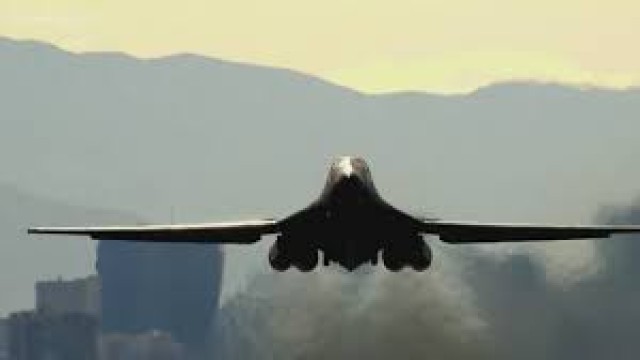


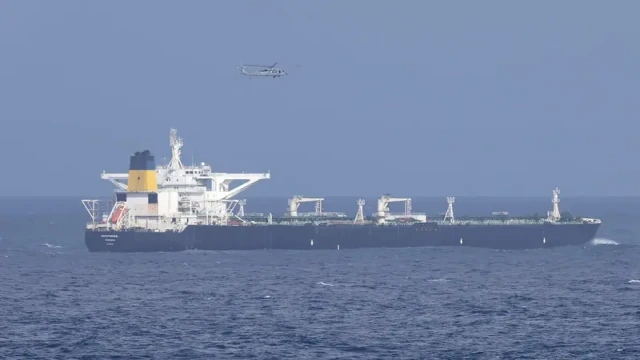

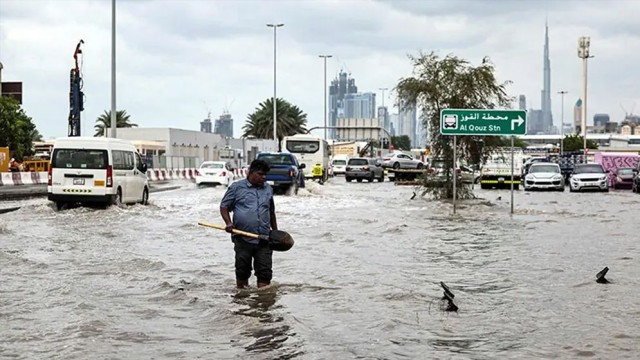



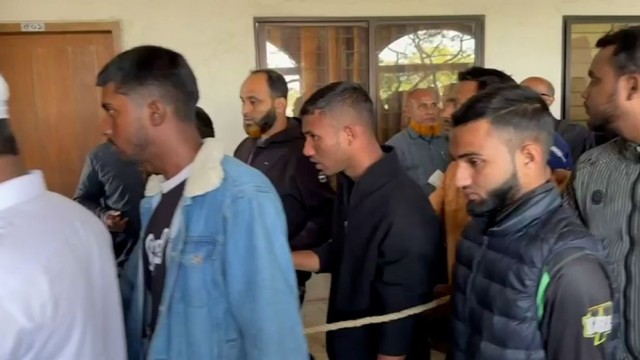

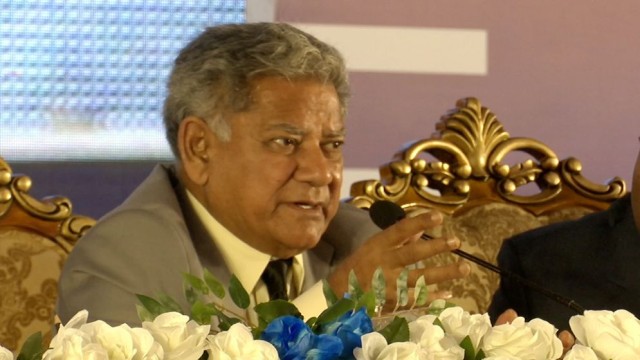




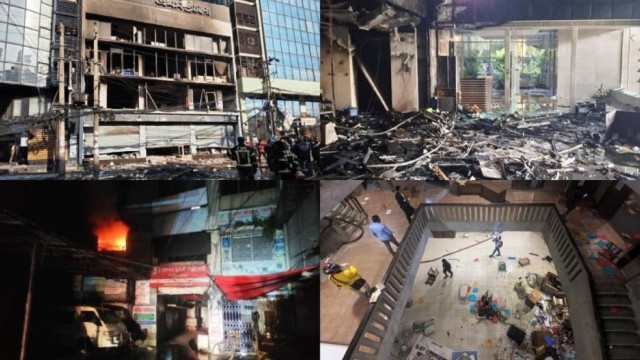








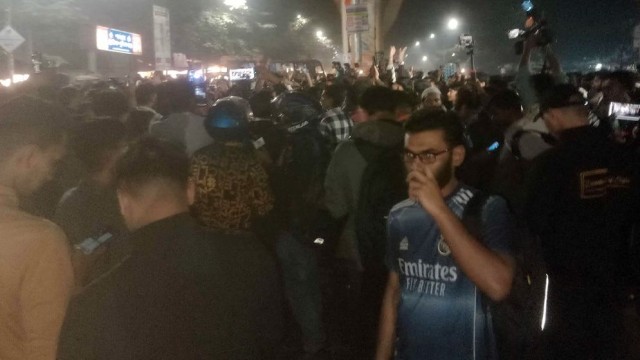


Comment: